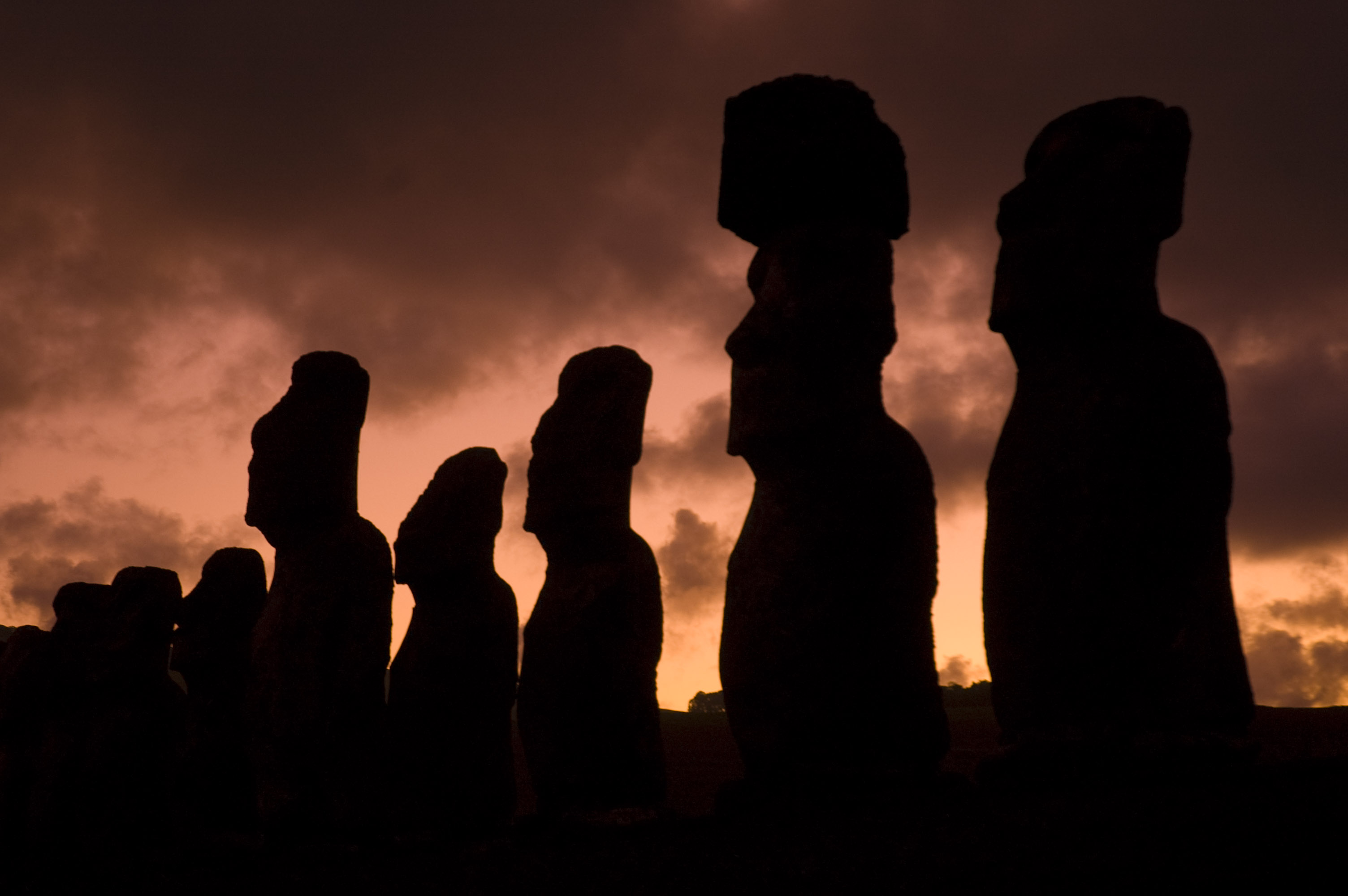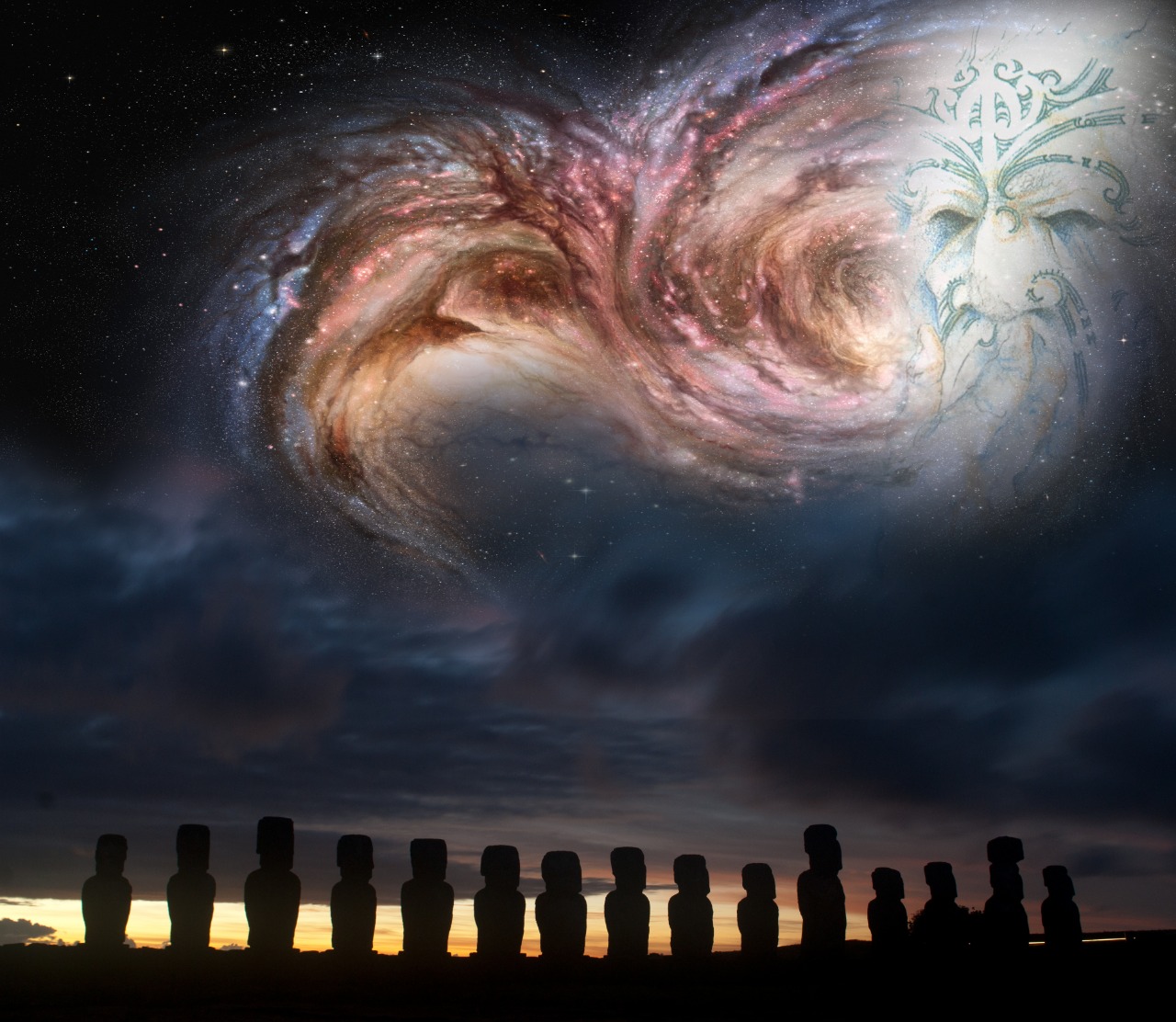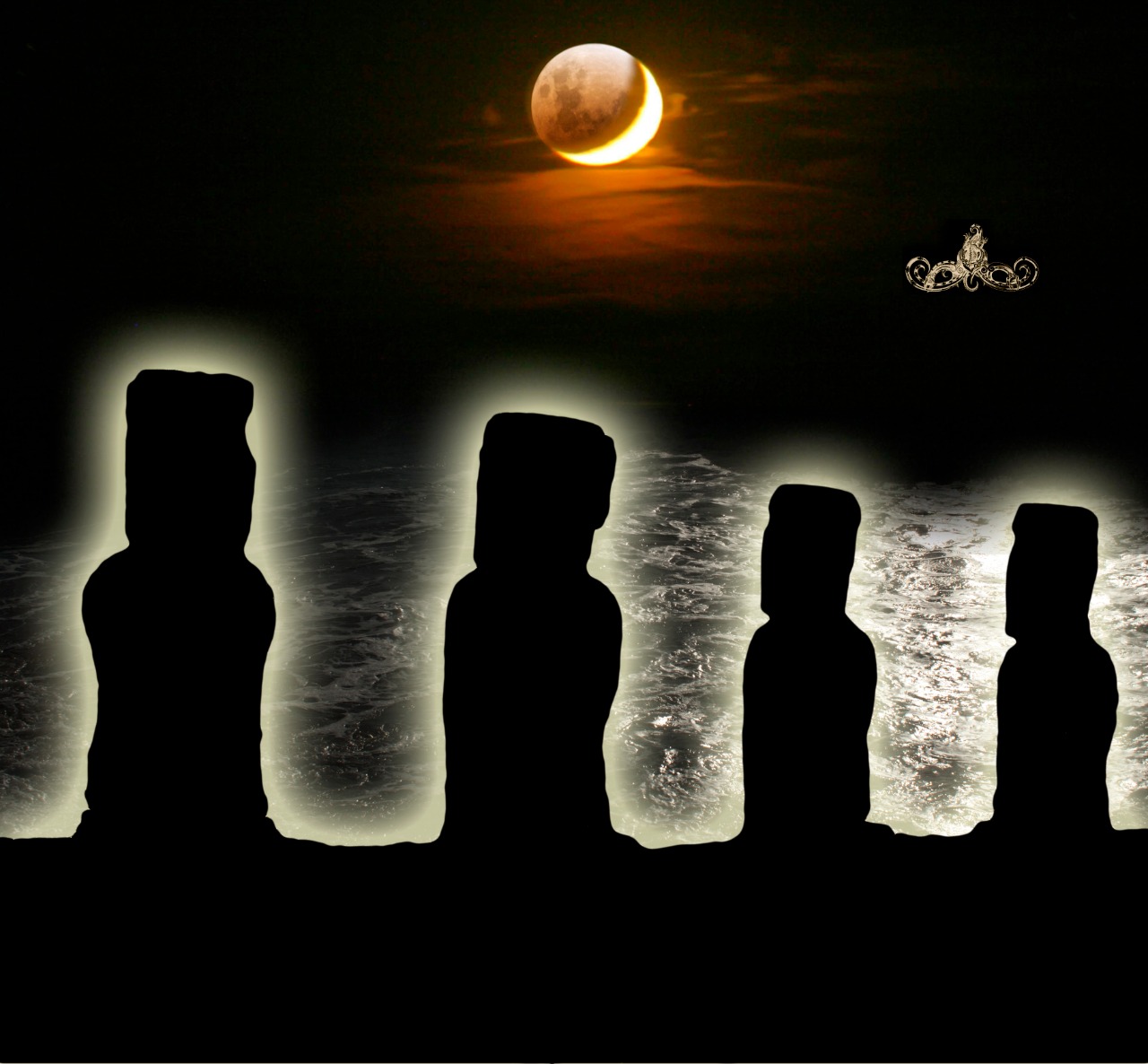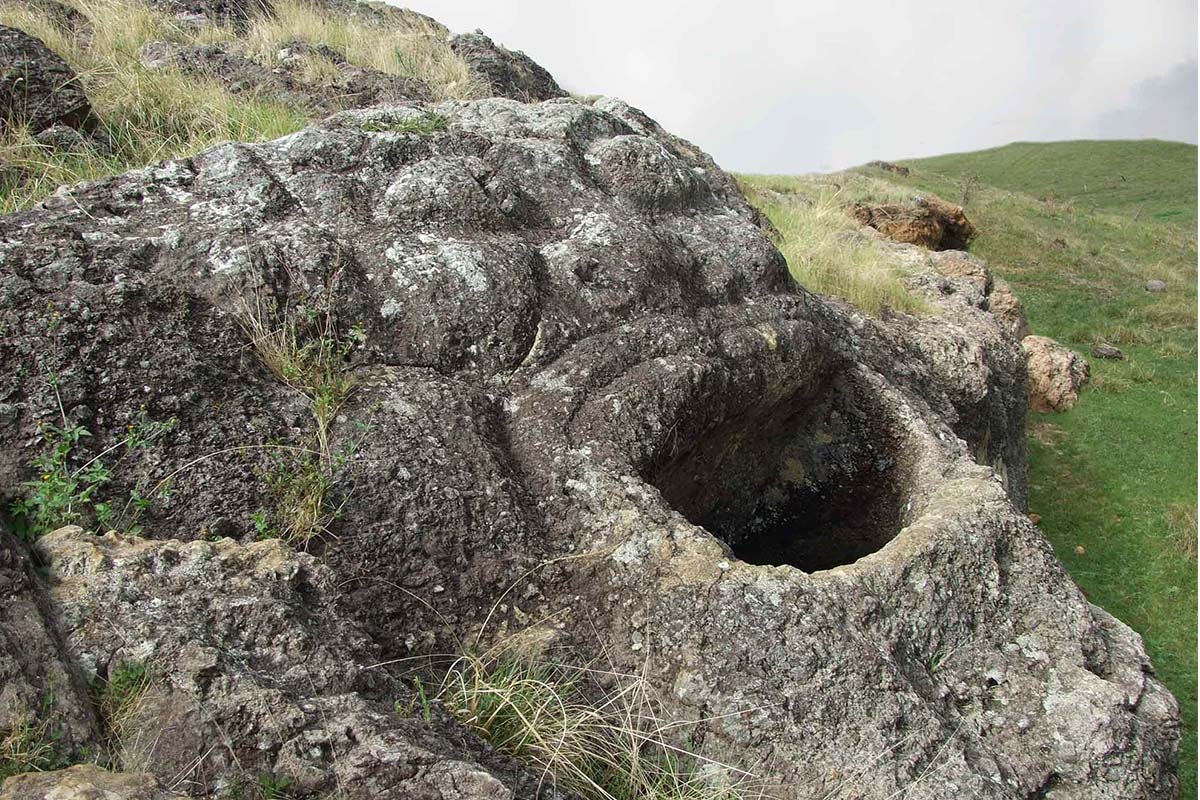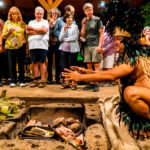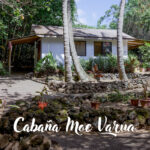URU KEHU
Legend Maori
“The ancient seas roared under the influence of the moon and the stars and the Uru Kehu o Nga Tupuna finally disembarked. Our ancestors with the red and golden hair arrived to our island. Most of them perished in the cold ocean when the sea broke their ship into a thousand pieces. Not all perished; some men and women were saved together with their children. This was the arrival of those of whom our old ones have spoken. According to them, We are the children of different colors, descendants of different currents and we travel over different seas to find each other… “
As Manuel Tuki confirms;
… “many of the ancient people on Easter Island were tall and white. This comes from their ancestors. They aren’t dark; they are blond, red-haired; they have lots of freckles on their faces. Felipe Pakarati shares that opinión. “The reality is that there were many European ships which visited the Island a long time before it was seen by the Dutchman Rogeveen and there were certainly enough men among them to reproduce.”

Featured Reports:
Te Mana o Te Vahine me Te Tane
Te Mana o Te Vahine me Te TaneThere is a feminine form, just as there is a masculine form. The first serves to nurture and to give birth; the other to plant and to guard. With both of them, the tribe and the families of all nations survive, in each branch of the...
Each newborn receives his Mauri, Varua, Ha y Hau
Each newborn receives his Mauri, Varua, Ha y HauWhen Te Uru Tai flows from the womb of a fertile woman and joins Te Wai Tai, the seed of a man, a child begins to grow and form his Mauri, his physical appearance – the shape of his head, nose, eyes and body, his size,...
Caress and Cultivate the Child of Peace
Caress and Cultivate the Child of PeaceNo one knows if Today will be followed by Tomorrow. No one is sure if the Seed that we sow will prosper. No one is certain that Life will continue. Everything is a Gift. We are all creatures of Tane Mahuta, the god of the...

